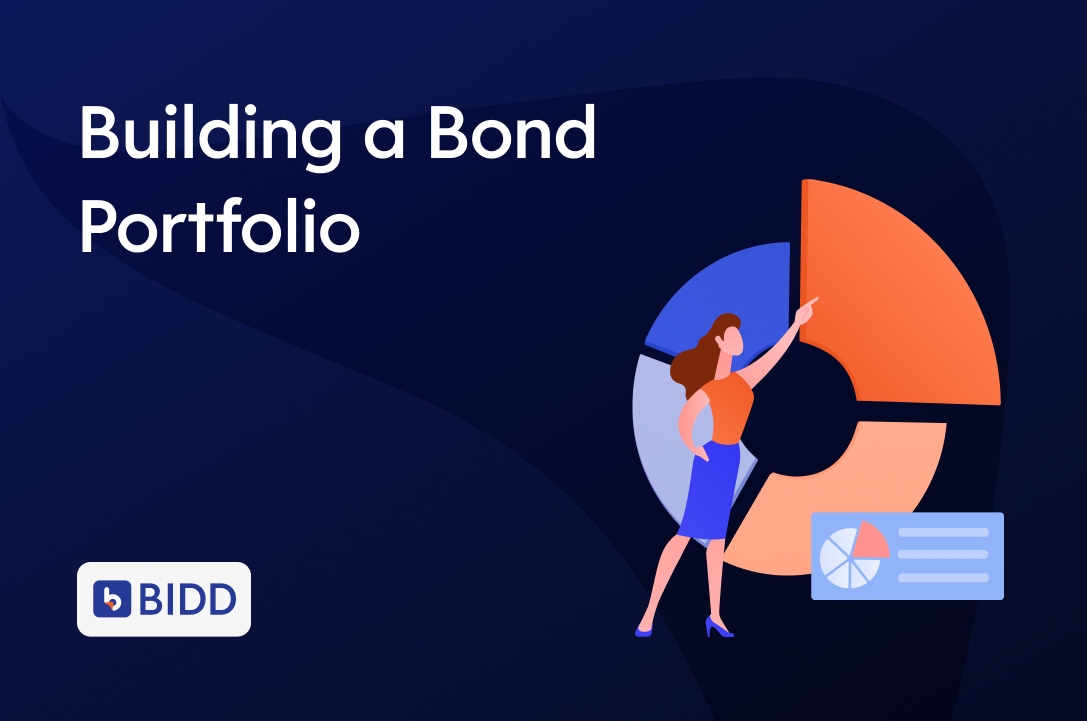Invest Smart. Sleep Better. Repeat.
A Quick Question
You’ve got ₹10 lakhs to invest in bonds.
You’re eyeing a 3-year option. Attractive yield. Sounds solid.
But then the questions kick in:
- What if interest rates rise next year?
- What if you need funds before maturity?
Do you invest it all and take the risk?
You don’t. You ladder.
Let’s decode why bond laddering might be the smartest way to invest.
What Is Laddering?
Laddering means spreading your bond investments across different maturities —
A structured approach instead of a one-shot bet.
Think of it like planting trees:
Some mature early, others take time — but every year, you harvest something.
Example:
Instead of investing ₹10 lakhs in one 3-year bond, split it like this:
- ₹2 lakhs in a 1-year bond
- ₹2 lakhs in a 2-year bond
- ₹2 lakhs in a 3-year bond
- ₹2 lakhs in a 4-year bond
- ₹2 lakhs in a 5-year bond
Now, one bond matures every year — providing cash flow and reinvestment opportunities.
Why Use a Laddering Strategy?
| Benefit | What It Delivers |
| Regular Income | Annual maturity means consistent cash inflow |
| Flexibility | Reinvest or use funds — your call |
| Interest Rate Hedge | Rising or falling rates? You’re balanced either way |
| Peace of Mind | No stress of timing the market |
A Real-Life Scenario
Let’s say it’s 2025, and interest rates are expected to decline.
If you go all-in on long-term bonds, you lock in higher rates — great.
But what if you need liquidity in 12 months?
Selling early might mean losses — especially if the bond is illiquid.
With a laddered portfolio, you have a maturity coming up every year.
That means flexibility without sacrificing returns.
What If You Don’t Have ₹10 Lakhs?
No problem.
Laddering works even with smaller investments:
- ₹2 lakhs? Split into two ₹1 lakh bonds with staggered maturities
- ₹50,000? Use platforms like Bidd that offer curated, laddered bundles
The key isn’t how much you invest — it’s how you structure it.
What Types of Bonds Are Ideal for Laddering?
When creating a ladder, focus on bonds that are:
- Listed – Easier to track and exit
- High Credit Quality – Prioritise safety
- Staggered Maturities – 1–5 years is a solid range
- Reasonably Liquid – In case you need early access
Bonus Tip: Mix sectors (PSU, NBFC, corporate) and issuers for diversification.
How to Build a Bond Ladder (Step-by-Step)
- Define your investment amount (₹1L? ₹5L? ₹10L?)
- Choose your time horizon (1 to 5 years is common)
- Select bonds with matching maturities
- Invest equal amounts in each maturity rung
- Reinvest matured bonds to extend the ladder
Over time, your ladder “rolls forward” — adapting to rate changes and your financial needs.
When Laddering Makes the Most Sense
- When interest rates are unpredictable
- When you want a stream of passive income
- When you’re saving for goals over multiple years
- When you want to avoid re-investment stress
Final Thoughts
Timing the market is difficult.
Structuring your investments isn’t.
Bond laddering doesn’t aim for the absolute highest return — it offers:
Consistency
Liquidity
Risk management
Reinvestment flexibility
Before going all-in on a single bond, ask yourself:
- Can I build a smarter portfolio structure?
- Am I prepared for life’s liquidity needs?
- Do I want to balance returns and peace of mind?
If yes — laddering is your answer.
Invest smart. Stay flexible. Be future-ready.
Disclaimer: This blog is intended solely for educational and informational purposes. It should not be construed as investment advice, a recommendation, or an offer to buy or sell any financial products. Please consult a registered financial advisor before making any investment decisions.




